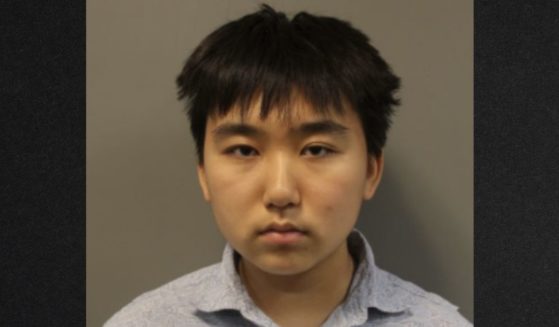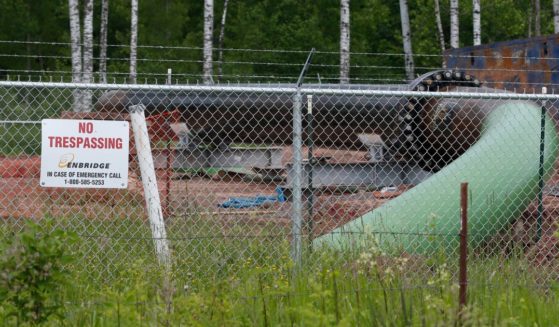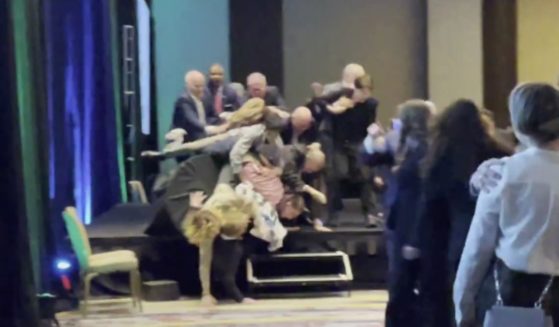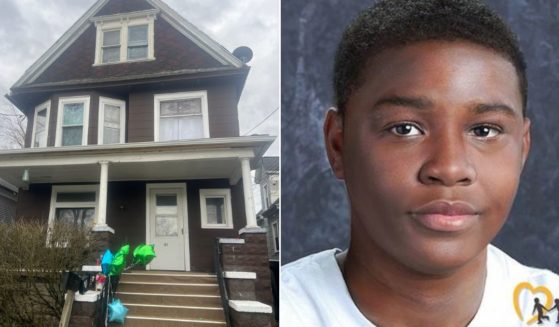UNC system rejects $5M plan to house Confederate statue
CHAPEL HILL, N.C. (AP) — North Carolina’s public university system rejected a proposal Friday to build a $5 million structure to house a toppled Confederate statue, opting instead to “go back to the drawing board” to figure out what to do with the monument.
University of North Carolina System Chairman Harry Smith said cost was a primary concern in turning down the proposal to move the statue known as “Silent Sam” into a new building on the outskirts of the Chapel Hill flagship campus. The statewide Board of Governors passed a resolution Friday to have several of its members work on a new plan that’s due in March.
Smith didn’t indicate where the statue could end up, but said he believes any move off campus would require changes to a strict state law on historical monuments.
“The $5.3 million dollars is, I think, pretty tough for a lot of us to swallow,” he told reporters. “We’re going to go back to the drawing board, in a team-like approach, and try to get it right.”
A proposal to build a history center to house the statue was approved in early December by the trustees of the Chapel Hill campus. The plan drew sharp criticism both for its cost and because it would return Silent Sam to the grounds of the university — sparking a demonstration by hundreds the night after it was announced.
Since then, numerous faculty members, students and current or former athletes such as NBA player Harrison Barnes have signed open letters or otherwise voiced opposition to returning the statue to campus.
And about 80 teaching assistants have also threatened to withhold final grades on 2,000 student assignments at a critical time at the end of the semester. The threat was serious enough that the chair of the UNC faculty, Leslie Parise, wrote an open letter Friday saying that while the aim of protesting the return of the statue was admirable, “withholding grades will do much more harm than good in helping us reach this goal.”
Several dozen protesters gathered outside of Friday’s meeting of the Board of Governors amid a heavy police presence. Some protesters held signs with messages including “No Racist Statues.”
“Silent Sam” had stood on a main campus quad from 1913 until it was torn down in August by protesters who decried its origins, including a racist speech by a former Confederate when it was dedicated.
In early December, the Chapel Hill campus trustees proposed a site about a mile from the main quad where the statue previously stood, saying they had to balance safety concerns with a strict 2015 state historical law on Confederate monuments. UNC-Chapel Hill Chancellor Carol Folt and several of the trustees said they would prefer moving the statue off campus entirely, but were restricted by the monuments law that allows relocation only in narrow circumstances.
On Friday, Folt said she’s “grateful” for more time to develop a plan and hopes the added political muscle of the Board of Governors will allow off-campus options to be considered. She acknowledged that the rejected plan, which she helped develop, “didn’t satisfy anyone,” underscoring the difficult issues surrounding the century-old statue. It’s been stored in an undisclosed location since it was torn down.
UNC basketball coach Roy Williams, whose team includes several signers of a letter that opposes returning the statue to campus, said he supported their ability to speak about causes they care about.
“I talked to our guys about it, told them if they feel strongly about it, go right ahead,” he told reporters before the statewide board’s vote.
Williams, himself a UNC graduate, added: “my own personal opinion is I wish we didn’t have a situation where we’re putting it back on campus. I don’t know what everybody’s motivation was in the early 19-teens, 1913? But right now it’s a very divisive issue. I wish it would go away.”
____
AP Basketball Writer Aaron Beard contributed to this report.
____
Follow Drew on Twitter at www.twitter.com/JonathanLDrew
The Western Journal has not reviewed this Associated Press story prior to publication. Therefore, it may contain editorial bias or may in some other way not meet our normal editorial standards. It is provided to our readers as a service from The Western Journal.
Truth and Accuracy
We are committed to truth and accuracy in all of our journalism. Read our editorial standards.












